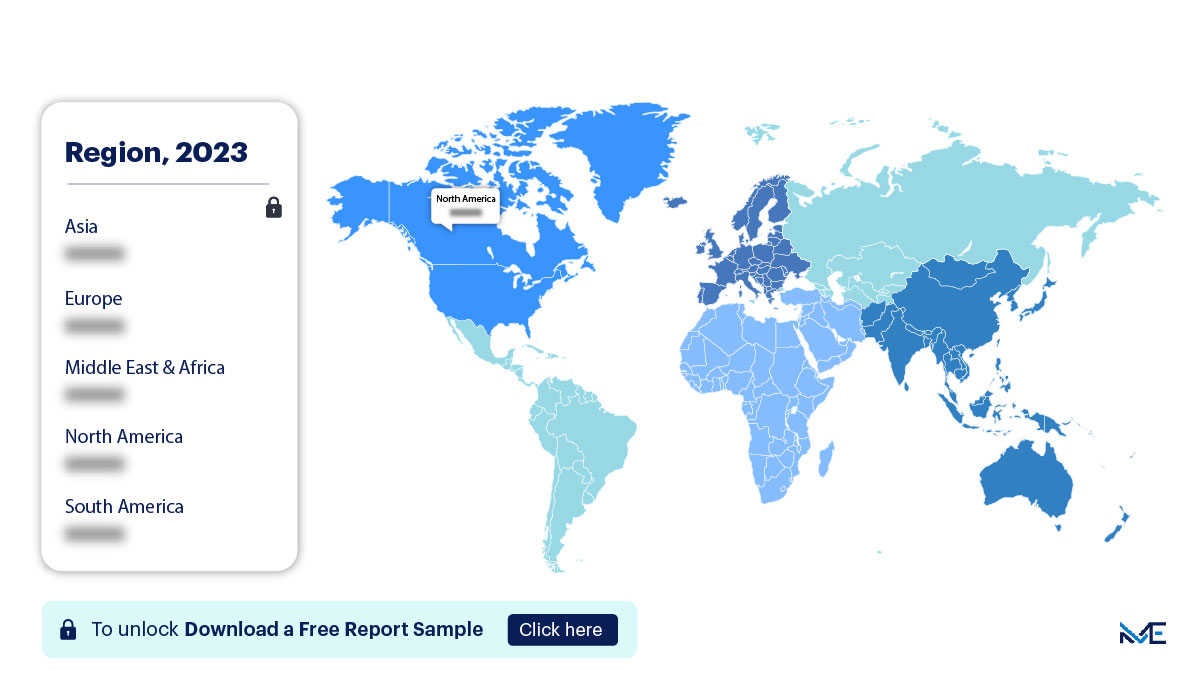Market Snapshot
| Study Period | 2019-2032 |
| Base Year | 2023 |
| Forcast Year | 2023-2032 |
| CAGR | 6.85 |


Gain accurate insights regarding the negative impacts of COVID-19 on all markets and industries
Download Sample PdfReport Overview
The Fluid Transfer Solutions Market size is estimated to grow at a CAGR of 5.8% between 2022 and 2032. The market size is forecast to increase by USD 10,785.6 million. The growth of the market depends on several factors, including the expanding automotive and aerospace industries, the demand for efficient fluid handling in manufacturing processes, and the increasing adoption of advanced materials and technologies in fluid transfer systems. Fluid transfer solutions encompass a wide range of technologies and products used for the safe and efficient transfer of liquids or gases in various industries.
Fluid Transfer Solutions Market Overview:
Drivers:
One of the key drivers of the Fluid Transfer Solutions Market is the expanding automotive and aerospace industries. These industries rely heavily on fluid transfer systems for various applications, including fuel and oil lines, hydraulic systems, and coolant circulation. With the continuous growth of these sectors, the demand for advanced fluid transfer solutions is on the rise.
Moreover, the demand for efficient fluid handling in manufacturing processes is driving the adoption of fluid transfer systems. Industries such as pharmaceuticals, chemicals, and food and beverage require precise and contamination-free fluid transfer to maintain product quality and safety. Fluid transfer solutions play a crucial role in meeting these requirements.
Trends:
An important trend in the Fluid Transfer Solutions Market is the increasing adoption of advanced materials and technologies. Manufacturers are developing fluid transfer components and systems using materials such as corrosion-resistant alloys, composite materials, and advanced polymers. These materials offer enhanced durability and performance in challenging environments.
Furthermore, the integration of digital technologies and sensors in fluid transfer systems is becoming more prevalent. This enables real-time monitoring and control of fluid flow, enhancing operational efficiency and reducing downtime.
Restraints:
One of the challenges facing the Fluid Transfer Solutions Market is the need for strict compliance with industry regulations and standards. Fluid transfer systems are often subject to stringent safety and environmental regulations, and non-compliance can result in significant fines and reputational damage for manufacturers.
Additionally, the cost of advanced materials and technologies used in fluid transfer solutions can be a restraint, particularly for smaller businesses. Balancing the need for high-performance components with cost-effectiveness is a constant challenge.
Fluid Transfer Solutions Market Segmentation By Application:
The automotive and aerospace segment is expected to experience significant growth during the forecast period. Fluid transfer solutions are integral to these industries for applications such as fuel systems, lubrication, and hydraulic systems. With the increasing demand for lightweight and fuel-efficient vehicles and aircraft, the need for advanced fluid transfer solutions is on the rise.
Fluid Transfer Solutions Market Segmentation By Type:
The hoses and tubes segment is poised for substantial growth within the Fluid Transfer Solutions Market. Hoses and tubes are versatile components used for a wide range of fluid transfer applications across various industries. They offer flexibility, durability, and resistance to temperature and pressure extremes.
Regional Overview:

Download the report summary now!
Request pdf Sample
North America and Europe are expected to be dominant players in the global Fluid Transfer Solutions Market, contributing approximately 45% to its growth during the forecast period. These regions have well-established automotive, aerospace, and manufacturing industries, driving the demand for fluid transfer solutions.
Asia-Pacific (APAC) is also a significant market for fluid transfer solutions, with rapid industrialization and infrastructure development fueling demand. The region's expanding chemical, pharmaceutical, and food and beverage industries further contribute to market growth.
Fluid Transfer Solutions Market Customer Landscape:
The Fluid Transfer Solutions Market serves a diverse customer base, including manufacturers in the automotive, aerospace, manufacturing, pharmaceutical, chemical, and food and beverage industries. These customers seek reliable and efficient fluid transfer solutions to meet their specific operational needs.
Major Fluid Transfer Solutions Market Companies:
Companies in the Fluid Transfer Solutions Market are focused on innovation and customization to cater to diverse industrial requirements. Some prominent players in the market include:
- Parker Hannifin Corporation
- Eaton Corporation
- Gates Corporation
- Swagelok Company
- Saint-Gobain Performance Plastics
- Kongsberg Automotive
- ITT Inc.
- Trelleborg AB
- Continental AG
- Cole-Parmer Instrument Company LLC
These companies are at the forefront of developing advanced fluid transfer solutions and expanding their global presence.
Segment Overview:
The Fluid Transfer Solutions Market report provides revenue forecasts at the global, regional, and country levels, offering insights into growth prospects and regional dynamics within the market.
-
Application Outlook (USD Million, 2019 - 2032)
- Automotive and Aerospace
- Manufacturing
- Pharmaceuticals
- Chemicals
- Food and Beverage
- Others
-
Type Outlook (USD Million, 2019 - 2032)
- Hoses and Tubes
- Valves
- Fittings and Connectors
- Pumps and Dispensers
- Others
-
Geography Outlook (USD Million, 2019 - 2032)
- North America
- United States
- Canada
- Europe
- United Kingdom
- Germany
- France
- Rest of Europe
- Asia-Pacific
- China
- Japan
- South America
- Brazil
- Argentina
- Chile
- Middle East & Africa
- Saudi Arabia
- South Africa
- Rest of the Middle East & Africa
- North America
RESEARCH METHODOLOGY
A research methodology is a systematic approach for assessing or conducting a market study. Researchers tend to draw on a variety of both qualitative and quantitative study methods, inclusive of investigations, survey, secondary data and market observation.
Such plans can focus on classifying the products offered by leading market players or simply use statistical models to interpret observations or test hypotheses. While some methods aim for a detailed description of the factors behind an observation, others present the context of the current market scenario.
Now let’s take a closer look at the research methods here.
Secondary Research Model
Extensive data is obtained and cumulated on a substantial basis during the inception phase of the research process. The data accumulated is consistently filtered through validation from the in-house database, paid sources as well reputable industry magazines. A robust research study requires an understanding of the overall value chain. Annual reports and financials of industry players are studied thoroughly to have a comprehensive idea of the market taxonomy.
Primary Insights
Post conglomeration of the data obtained through secondary research; a validation process is initiated to verify the numbers or figures. This process is usually performed by having a detailed discussion with the industry experts.
However, we do not restrict our primary interviews only to the industry leaders. Our team covers the entire value chain while verifying the data. A significant number of raw material suppliers, local manufacturers, distributors, and stakeholders are interviewed to make our findings authentic. The current trends which include the drivers, restraints, and opportunities are also derived through the primary research process.
Market Estimation
The market estimation is conducted by analyzing the data collected through both secondary and primary research. This process involves market breakdown, bottom-up and top- down approach.
Moreover, while forecasting the market a comprehensive statistical time series model is designed for each market. Macroeconomic indicators are considered to understand the current trends of the market. Each data point is verified by the process of data triangulation method to arrive at the final market estimates.
Final Presentation
The penultimate process results in a holistic research report. The study equips key industry players to undertake significant strategic decisions through the findings. The report encompasses detailed market information. Graphical representations of the current market trends are also made available in order to make the study highly comprehensible for the reader.
Personalized Business Report Tailored to Your Requirements
- Our expert analysts collaborate directly with you to comprehend your specific needs.
- Get data on regions, segments, competitors, and vendors of your choice.
- Information is presented in alignment with your exact preferences and formatting.
Free Sample Report
"Find new revenue generation opportunities"

